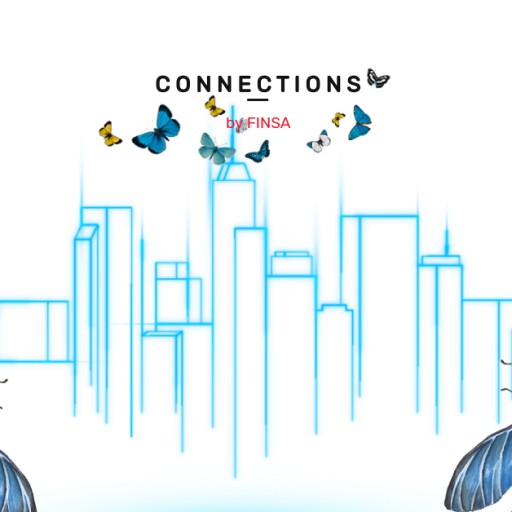Just as the arrival and popularization of the e-book did not mark the end of the paper book, as initially predicted, online sales have not killed retail. A clear example of this is the fact that many brands that started with exclusively online sales have ended up opening their own physical stores, such as Sepiia, Kimidori, and even e-commerce giants like Amazon and AliExpress.

Even so, it cannot be denied that e-commerce poses significant competition. This constant struggle to offer something that encourages people to leave their homes and visit a store is evident in many of the trends in retail for 2025, with a greater focus on sustainability. Additionally, there will also be investments in trying to give each store a distinctive personality and ways to integrate technological advances such as artificial intelligence into the physical shopping experience.
Sustainable and responsible stores
Saying that sustainability is a trend sounds less and less novel, but to ignore something so important would paint an incomplete picture: consumers are increasingly seeking to spend their money on sustainable and responsible companies. In 2023, a Deloitte report indicated that we were on the brink of a significant change in this regard: sustainability was about to shift from being something merely desirable but not decisive in making a purchase to becoming a requirement. An example: Gen Z or millennials are 15% more willing than boomers to choose a brand they consider “human”, even if it is more expensive than its competitors.
Ver esta publicación en Instagram
In this sense, it is not just about thinking of the environment but also aspects such as staff policies. In 2025, we will see stores standing out not only for how they care for nature (with transparency, for example, about the origin of their products, making traceability possible) but also for how well they treat their staff. This will translate into a space that is pleasant not only for customers but for the people who spend the most time there: the workers. Besides improving their image, this strategy will help attract and retain talent, one of the major post-pandemic problems.
More second-hand and circular economy
While many people are willing to spend more money if guaranteed that the brand or store is sustainable, there are also those who want to but cannot afford it. This is often the case with the most environmentally conscious generation, the centennials. Their preferred option, as already indicated by Euromonitor International and as shown by the success of applications like Vinted or Wallapop, is to resort to second-hand: cheaper products that, by simply being reused, are more sustainable.

Both RetailNext and Forbes highlight this trend for 2025 online: giants like Ikea or Levi’s already have their platforms for second-hand products. On the streets, it is becoming increasingly common to see stores offering clothing and products that have been given a new life. Far from being a passing fad, it is expected that more stores will continue to open next year.
A place to go not just to shop
Why leave home to buy something you can equally acquire without getting off the couch? And once you get up, why go to one store and not another competitor? In 2025, we will see one of the main answers to this challenge: transforming retail spaces into something more. An example is the Gymshark sports stores, which include space for fitness studios with free classes.
Another way to attract people is by offering a place of disconnection and calm amid the city’s hustle and bustle. To this end, many stores will introduce rest areas and corners simply to socialize with other people.
Ver esta publicación en Instagram
There are also stores that already offer spaces for remote work. This, which has long been seen in some bank offices that have opened coworking cafes, will also increasingly be seen in the retail sector.
The idea is always the same: to make the person go to the store, even if their main goal is not to buy something. Once there, surrounded by the product, it will be easier to achieve that conversion.
Return to neighborhood stores
The response to urbanization, the phenomenon that makes all cities look alike by having the same stores, is to seek differentiation. One of the elements that give personality to a city are its neighborhoods and, in particular, the establishments housed in its commercial premises, so returning to that neighborhood color will start to be important in 2025. This will also be seen in franchises: instead of continuing with the usual policy of trying to be a recognizable brand because their stores are always almost exact replicas, many will attempt to be different in each city. Some will even become tourist attractions.
Ver esta publicación en Instagram
Technology to improve experience and avoid frictions
The rivalry between e-commerce and physical stores is not about establishing rigid divisions between something very technological and a totally disconnected space. While many stores will seek to enhance the special aspect of doing something in person and not online, others will focus on trying to bridge the gap between the two experiences. To do this, they will seek to eliminate through technological solutions all the frictions and difficulties that often accompany retail: avoiding waits and queues or having the customer search for their own product. An example is the autonomous stores of the Zabka Group: a mini-kiosk concept for quick small purchases without cashiers, queues, or cash.




